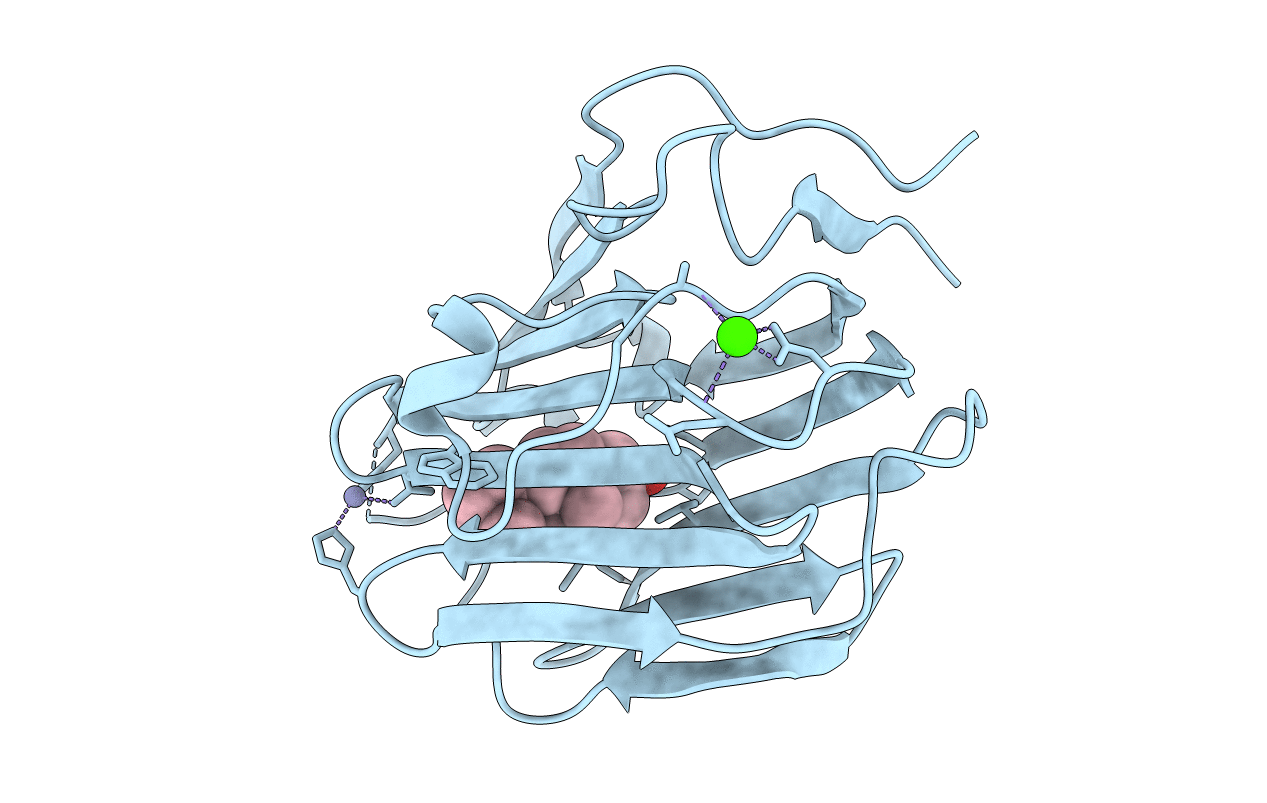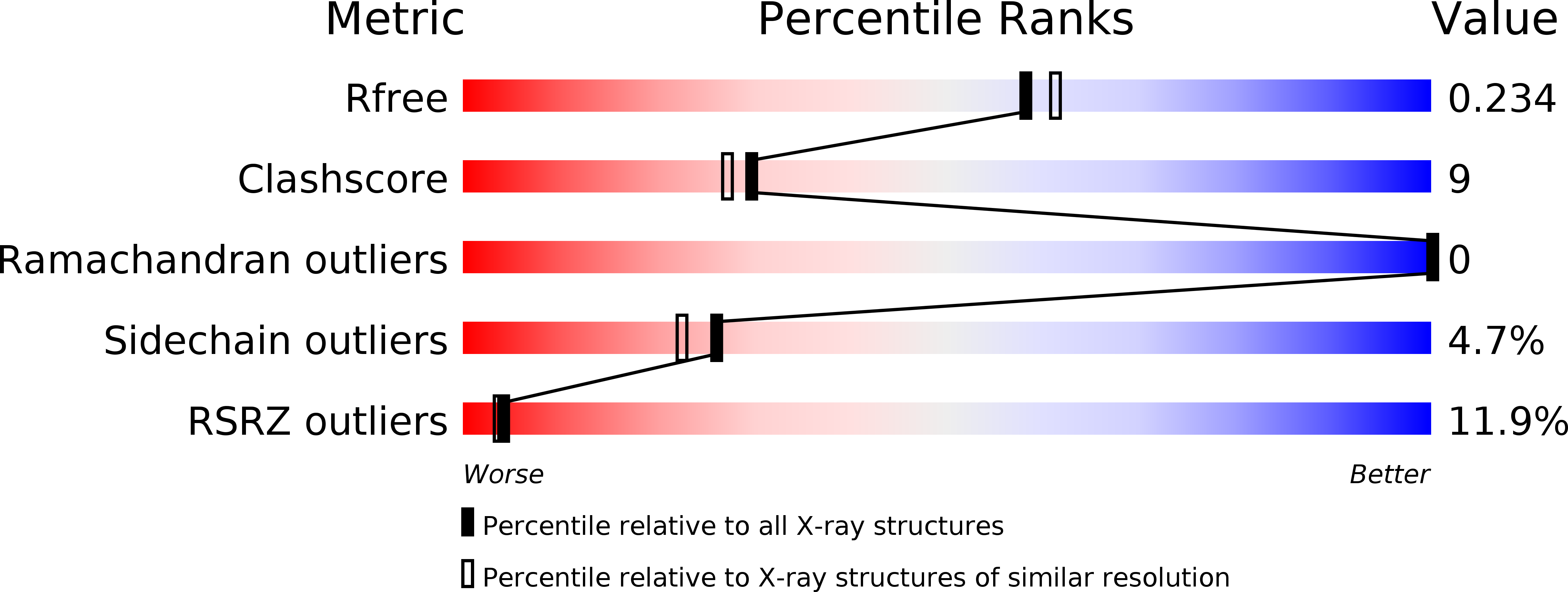
Deposition Date
2002-04-17
Release Date
2002-10-23
Last Version Date
2024-10-30
Entry Detail
PDB ID:
1LHN
Keywords:
Title:
CRYSTAL STRUCTURE OF THE N-TERMINAL LG-DOMAIN OF SHBG IN COMPLEX WITH 5ALPHA-ANDROSTANE-3BETA,17ALPHA-DIOL
Biological Source:
Source Organism:
Homo sapiens (Taxon ID: 9606)
Host Organism:
Method Details:
Experimental Method:
Resolution:
2.00 Å
R-Value Free:
0.23
R-Value Work:
0.19
Space Group:
H 3 2


